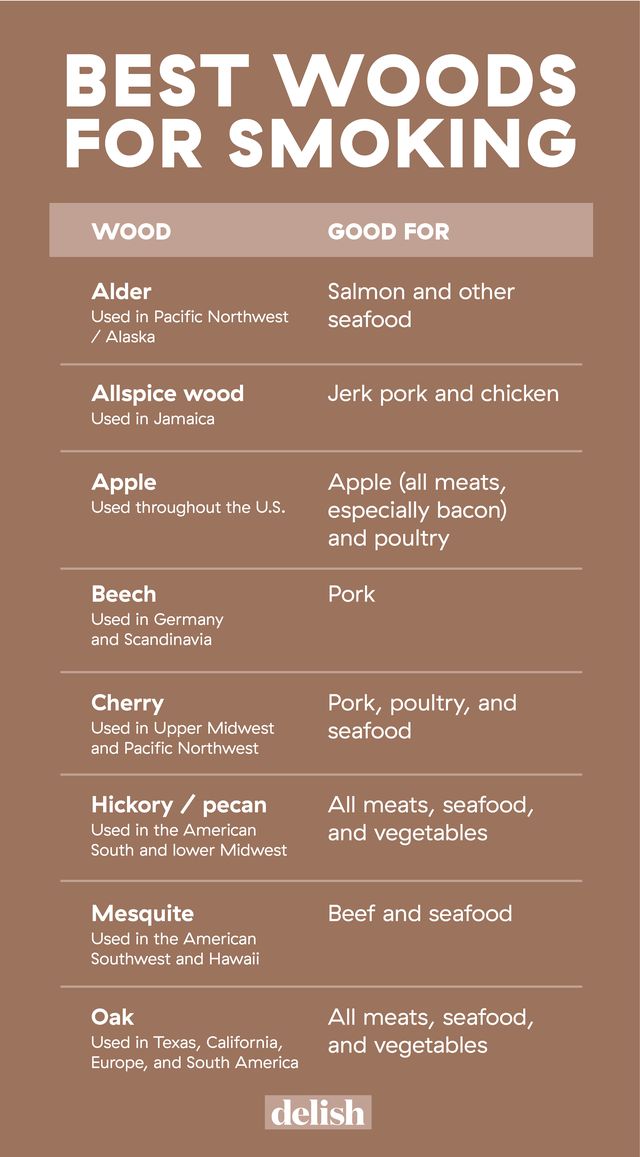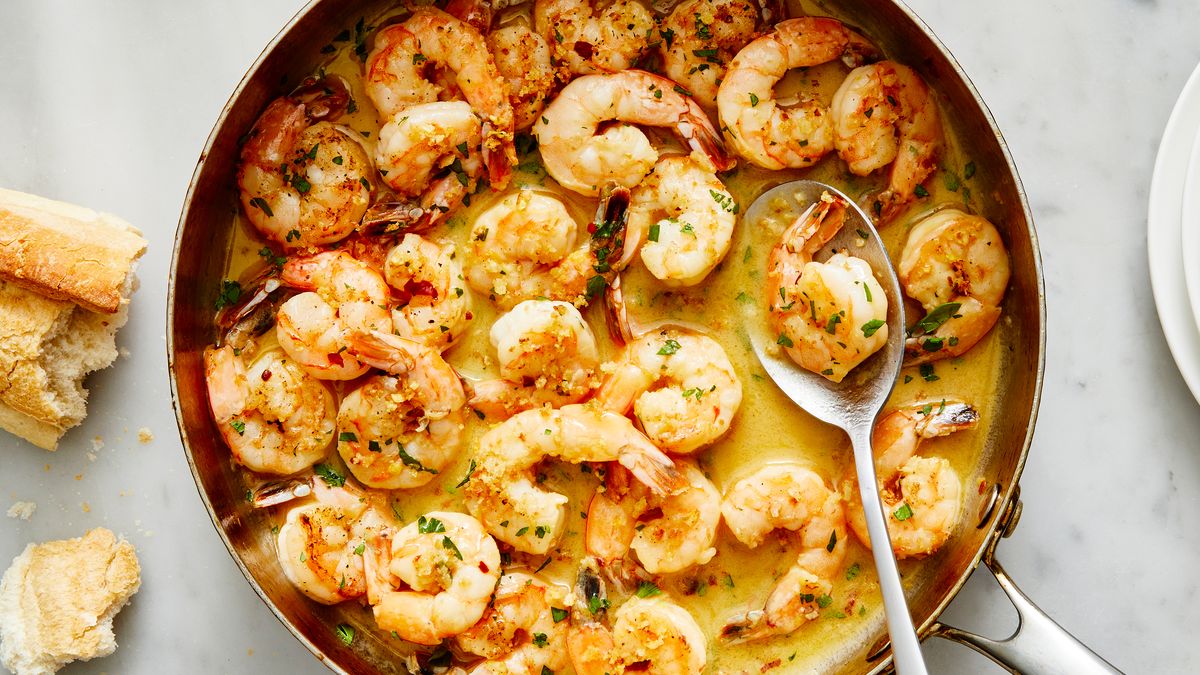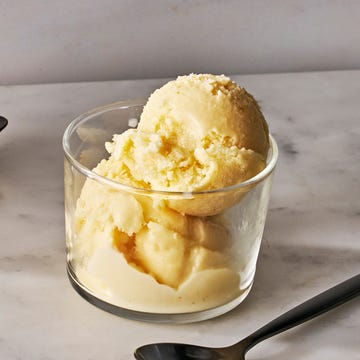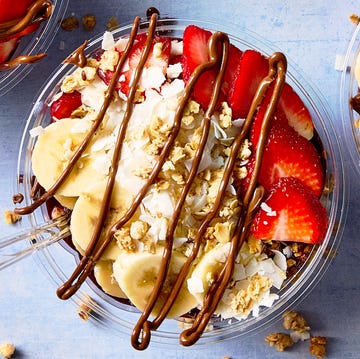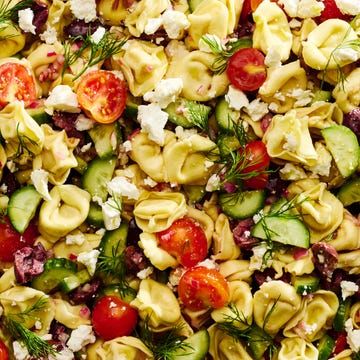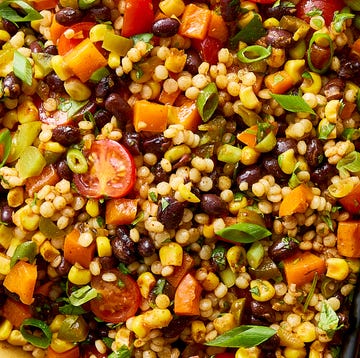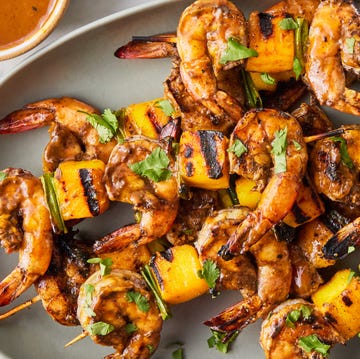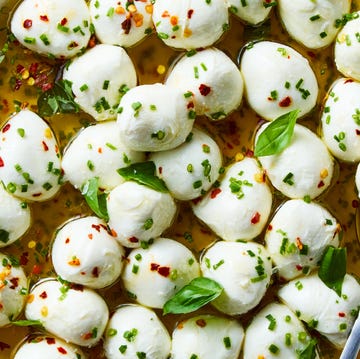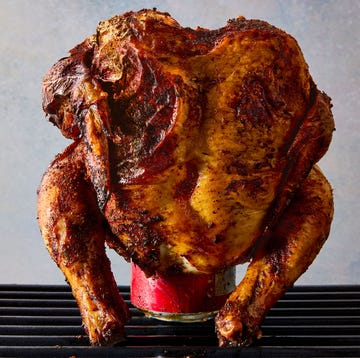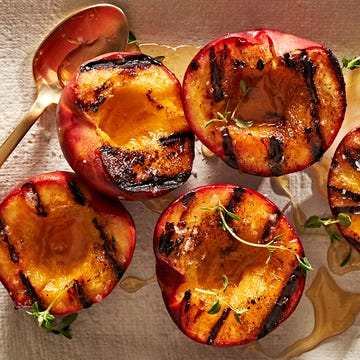The best woods for smoking come from deciduous trees—especially from nut trees, such as hickory, pecan, and oak, and fruit trees, like apple and cherry. Mesquite, a popular smoking wood in the Southwest and Hawaii, delivers an assertive smoke flavor well suited to red meat. Avoid pine and other soft woods, which give foods a bitter tar-like flavor.
Wood comes in various forms for smoking: logs, which you use in “stick-burners” (the offset barrel smokers used at restaurants and on the competition barbecue circuit); fist-sized wood chunks; and wood chips (the most common form of smoking fuel—available at supermarkets and hardware stores). Pellet smokers burn pellets of compressed hardwood sawdust; electric smokers use coarse sawdust or sawdust disks; stovetop and handheld smokers burn straight hardwood sawdust.
A lot of ink (and possibly blood) has been spilled about which wood works best with which food. The truth is that, except mesquite, most hardwoods produce similar smoke flavor. Pit masters traditionally use local wood, which is why Texans smoke beef with oak, Carolinians cook pork shoulder with hickory, Midwesterners use apple, and people in the Northwest smoke with alder and cherry.
Nonetheless, over the years, certain woods have come to be associated with traditional smoked foods. The short list includes:
Alder: popular in Alaska and the Pacific Northwest for salmon and other seafood
Beech: popular in Germany and Scandinavia for pork
Hickory and pecan: popular in the American South and lower Midwest for all meats, seafood, and vegetables
Mesquite: popular in the American Southwest, Texas, and Hawaii for beef and seafood
Oak: popular in Texas, California, Europe, and South America for all meats, seafood, and vegetables
Apple: popular across the U.S. for all meats (especially bacon)
Cherry: popular in the upper Midwest and Pacific Northwest for pork and poultry
Allspice wood: indispensable in Jamaica for cooking jerk


